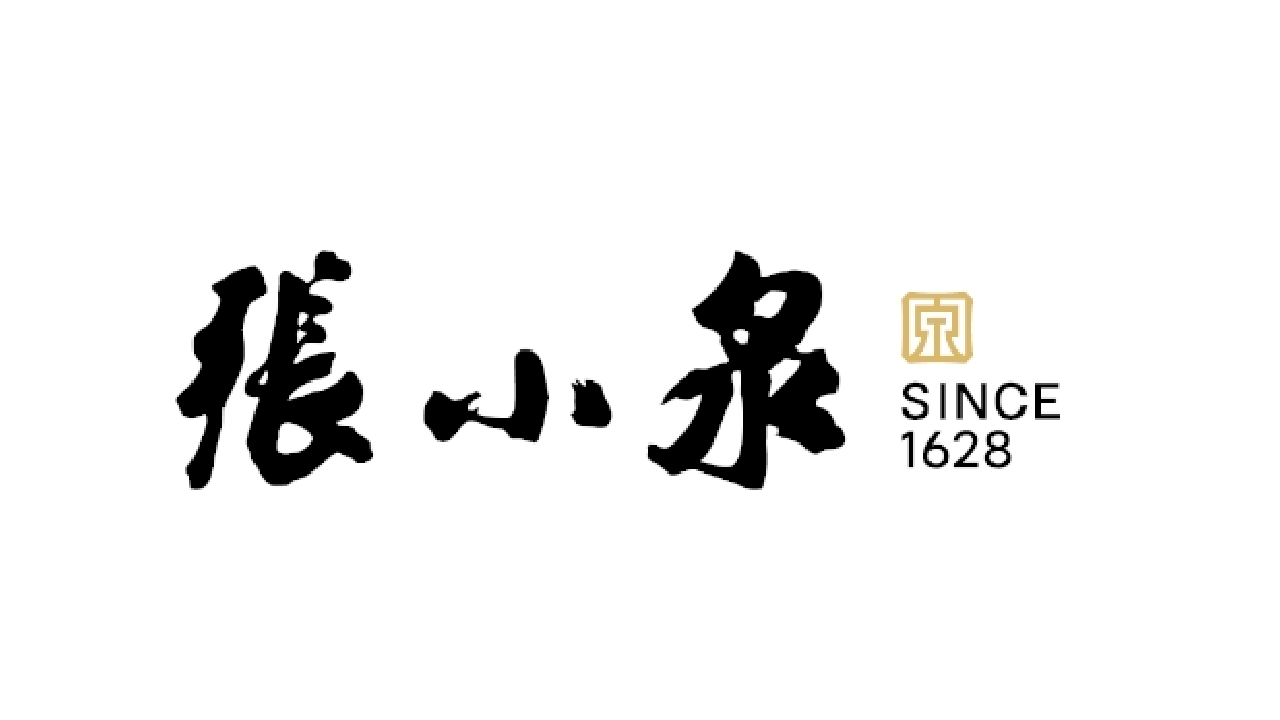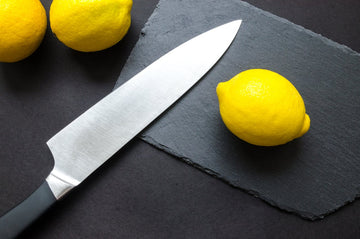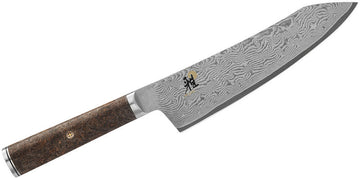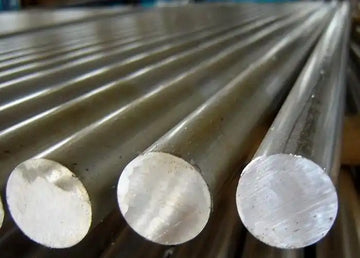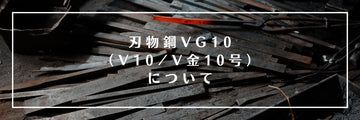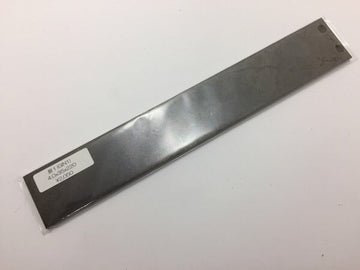In the world of kitchen knives, X30Cr13 steel (also known as AISI 420 or 1.4028) is like that dependable economy car - straightforward, accessible, and built to handle everyday tasks without breaking the bank. This martensitic stainless steel has become a common choice for budget-friendly kitchen cutlery by offering decent corrosion resistance with adequate performance and easy maintenance. With about 0.3% carbon and 13% chromium, it embodies the practical philosophy of creating knives that perform adequately in real-world conditions while remaining affordable for most consumers.
What X30Cr13 steel is made of
The "X30Cr13" name follows the European steel naming convention and tells us the key ingredients:
- The "X30" indicates approximately 0.3% carbon content, providing moderate hardness without excessive brittleness
- "Cr" means it contains about 13% chromium, creating good rust resistance
- It also contains manganese (≤1.50%) which enhances machinability and matrix strength
- Silicon (≤1%) is added to improve processing and overall strength
- Small amounts of sulfur (≤0.015%) improve machinability for stamped blade production
This combination creates a stainless steel specifically designed for cost-effective knife production while maintaining adequate performance in kitchen environments. It's like a basic recipe that's been optimized for practicality and affordability - not exceptional in any single aspect, but sufficient for everyday use.
How X30Cr13 steel performs in the kitchen
Edge retention and cutting ability
With its moderate carbon content, X30Cr13 typically achieves a hardness of 51-56 HRC, placing it in the entry-level category for kitchen knives. It holds an edge adequately through normal meal preparations, maintaining functionality through approximately 5-8 service hours in professional use before requiring resharpening. Home cooks might find they need to sharpen every few weeks with regular use.
While it won't maintain sharpness as long as mid-range or premium steels, X30Cr13 offers a practical approach to kitchen cutting for budget-conscious consumers. The steel responds adequately to 1,000-3,000 grit stones, though users report challenges in achieving a "scary sharp" edge. It performs acceptably for general kitchen tasks like slicing vegetables, fruits, and boneless meats.
Corrosion resistance and durability
Where X30Cr13 shows its value is in its decent corrosion resistance. The 13% chromium content creates a protective chromium oxide layer that resists oxidation in moderately aggressive environments. This makes it notably more rust-resistant than carbon steel but less so than higher-chromium stainless options.

In practical terms, X30Cr13 knives will resist rusting under normal kitchen conditions if properly dried after use. They're vulnerable to pitting in chloride-rich settings but hold up well to typical food acids and cleaning. This level of corrosion resistance allows for reasonable maintenance requirements without the constant vigilance needed for carbon steel knives.
The steel also offers good toughness due to its relatively soft nature. Its higher ductility compared to high-carbon steels reduces chipping risks during accidental impacts, making it forgiving for users who might not employ the perfect cutting technique.
X30Cr13 steel applications in kitchen knives
X30Cr13 finds its place primarily in budget-oriented Western knife designs:
- Chef's knives: Entry-level 8-inch chef's knives for home use benefit from this steel's balance of affordability and adequate performance
- Utility knives: The 4-6 inch all-purpose knives commonly found in starter sets
- Paring knives: Small blades for detailed work where extreme edge retention is less critical
- Stamped knife sets: Often used in affordable knife blocks sold as complete kitchen sets
Many budget and mid-tier knife brands incorporate X30Cr13 or similar steels in their entry-level lines. This widespread adoption speaks to the steel's ability to meet basic performance needs while keeping manufacturing costs down.
Market positioning
X30Cr13 occupies the budget range of the kitchen knife market, with typical chef's knives priced between $20-$50. It offers a noticeable improvement over the most basic 3Cr13 steel while remaining significantly more affordable than mid-range options like X50CrMoV15. For casual home cooks and those outfitting a first kitchen, this represents a reasonable entry point - basic functionality without a significant investment.
Steel has achieved widespread adoption in commercial settings like institutional kitchens, catering companies, and restaurant prep stations where knife loss and damage are common concerns. In these environments, the lower replacement cost often outweighs the potential benefits of more expensive steels.
Comparison with other kitchen knife steels
X30Cr13 vs. 3Cr13
3Cr13 contains less carbon (approximately 0.3% vs. 0.3-0.35%) and less chromium (13% vs. 12-14%) than X30Cr13, though the differences are minimal. Performance characteristics are quite similar, with X30Cr13 potentially offering slightly better edge retention due to manufacturing variations rather than significant compositional differences. Both represent budget options, with the difference in price often reflecting the overall knife construction quality rather than meaningful steel performance variations.
X30Cr13 vs. 5Cr15MoV
5Cr15MoV contains significantly more carbon (0.5% vs. 0.3%) and more chromium (15% vs. 13%) than X30Cr13, plus molybdenum and vanadium additions. This gives 5Cr15MoV substantially better edge retention and superior corrosion resistance. 5Cr15MoV represents a meaningful step up from X30Cr13, justifying its higher price point for those who cook regularly. For daily use, the upgrade to 5Cr15MoV from X30Cr13 is often worth considering.
X30Cr13 vs. X50CrMoV15
X50CrMoV15 contains significantly more carbon (0.5% vs. 0.3%) and chromium (15% vs. 13%) than X30Cr13, plus molybdenum and vanadium additions. X50CrMoV15 substantially outperforms X30Cr13 in almost all metrics, offering better edge retention, superior corrosion resistance, and greater durability. While X30Cr13 is suitable for budget knives, X50CrMoV15 represents a substantial upgrade worth the additional cost for anyone who cooks regularly.
X30Cr13 vs. 4Cr13
4Cr13 contains less carbon (0.4% vs. 0.3-0.35%) and similar chromium (13%) compared to X30Cr13. Despite minor compositional differences, X30Cr13 typically offers slightly better performance due to more refined manufacturing processes. Both steels target budget applications, with X30Cr13 providing marginally better edge retention. For casual home cooks, either steel provides adequate performance, though X30Cr13 represents a small step up that might be worth the modest price difference for those who cook several times weekly.
Affordable Alternatives: Zhang Xiaoquan Chinese Cleavers
For those seeking X30Cr13 alternatives, Zhang Xiaoquan's 3Cr13 and 4Cr13 Chinese meat cleavers and bone choppers offer excellent value at just 20-50 AUD. These budget-friendly options leverage traditional Chinese design with balanced weight distribution, perfect for both precision vegetable work and tougher tasks like processing meat with bones.
Some notable Zhang Xiaoquan models featuring 3Cr13 steel include:
-
5-Piece 3Cr13(30Cr13) Steel Kitchen Knife Sets: offers comprehensive food preparation solutions for every kitchen need. Designed with professional-grade tools and a ventilated storage base for organized, ready-to-use accessibility. Perfect for home cooking, meal preparation, and professional kitchen use.
-
4Cr13(40Cr13) Steel 305mm Chinese Meat Cleaver: provides professional food preparation capabilities for diverse kitchen tasks. Designed with precision engineering and ergonomic handles to efficiently process various ingredients and meats.
-
310mm 4Cr13(40Cr13) Chinese Meat Cleaver: features a 300g high-carbon steel design that maintains consistent performance through 200+ uses. This versatile tool excels at precise vegetable preparation while efficiently handling frozen ingredients.
-
4Cr13(40Cr13) Steel 305mm Chopper Cleaver: Designed with a wide blade and balanced weight to support smooth, precise preparation. Perfect for professional Chinese cooking and home kitchen use.
-
315mm 4Cr13(40Cr13) Multi-Purpose Knife: One-piece design that won't break at the handle. Special tip shape cuts all foods easily with a non-stick surface. Keeps food flavor intact and cuts cleanly through vegetables, meat, and fruit.
-
4Cr13(40Cr13) Steel 305mm Bone Chopper: provides efficient food preparation capabilities in professional kitchen environments. Balanced weight and ergonomic design support precise ingredient preparation tasks. Perfect for professional kitchens and home cooks working with various ingredients.
-
275mm 4Cr13(40Cr13) Steel Bone Chopper: Features a quality high-carbon steel design for efficient food preparation. This professional 320g tool provides reliable performance for restaurant and professional kitchen tasks.
-
302mm 4Cr13(40Cr13) Steel Heavy-duty Bone Chopper: 4mm thick blade back for chicken, pork ribs, and beef spare ribs. One-piece construction prevents handle breakage. Bamboo-ABS handle provides control during food preparation.
-
4Cr13(40Cr13) Steel 302mm Bone Chopper: Designed with precision engineering to support smooth, controlled preparation. Perfect for professional kitchens and home food preparation.
- 310mm 4Cr13(40Cr13) Steel Chopper Cleaver: Front V-shaped edge slices vegetables and meat precisely. 45° Back edge chops through chicken and pork cartilage. One-piece design with no gaps for easy cleaning. Steel handle with wood grain texture for secure grip.
Taking care of X30Cr13 knives
Basic maintenance
X30Cr13 requires reasonable but not excessive maintenance:
- Hand washing is recommended, though the steel can withstand brief exposure to moisture
- Drying after washing is important to prevent water spotting and potential corrosion
- Use cutting boards made of wood or plastic, never glass or stone
- Store in a knife block, magnetic strip, or with blade guards to protect the edge
- Regular honing helps maintain alignment before the edge becomes too dull
These simple practices will extend the life of your knife and maintain its performance between sharpenings. With proper care, X30Cr13 knives typically last 3-5 years in home kitchens and 6-12 months in commercial settings before requiring replacement.
Sharpening recommendations
When it's time to resharpen, X30Cr13 is relatively easy to work with:
- Whetstones: 400-800 grit stones for reprofiling, finishing at 2,000-3,000 grit for polishing
- Pull-through sharpeners: Suitable for quick edge maintenance
- Electric sharpeners: Work well with this forgiving steel
The optimal sharpening angle is around 18-22 degrees per side for most kitchen tasks, balancing sharpness with durability. The steel responds well to standard sharpening techniques, though users report challenges in achieving an extremely refined edge.
Conclusion
X30Cr13 represents a practical, budget-friendly option in kitchen knife steels. While it doesn't excel in any single characteristic the way more specialized steels do, it offers a reasonable balance of properties that make it suitable for basic kitchen use. Its decent corrosion resistance, adequate edge retention, ease of maintenance, and affordable price point have made it a common choice for entry-level knife lines.
For casual home cooks and those setting up their first kitchen, X30Cr13 provides basic functionality without requiring a significant investment. Like a reliable economy car, it's built to handle everyday tasks adequately with minimal fuss, even if it doesn't offer exceptional performance or longevity.
For those who cook frequently or are looking to upgrade from very basic knives, investing in a higher-grade steel like 5Cr15MoV or X50CrMoV15 will generally provide a noticeable improvement in performance and longevity that justifies the additional cost.
FAQs
What is X30Cr13 steel?
X30Cr13 steel is a martensitic stainless steel commonly used in budget-friendly kitchen knives. It contains approximately 0.3% carbon and 13% chromium. This composition provides good corrosion resistance with adequate edge retention and ease of sharpening, making it a common choice for entry-level Western kitchen cutlery.
What does X30Cr13 mean?
The name X30Cr13 follows the European steel naming convention: "X" indicates stainless steel, "30" represents 0.3% carbon content, "Cr" is chromium, and "13" indicates 13% chromium content. This standardized naming system directly reveals the steel's key composition elements and their approximate percentages.
Is X30Cr13 a good knife steel?
X30Cr13 is an adequate knife steel that offers a practical balance of properties for budget applications. It provides good corrosion resistance, acceptable edge retention, and excellent ease of sharpening. While not as hard or wear-resistant as premium steels, its balanced performance and forgiving nature make it suitable for casual home cooks and commercial kitchens where affordability matters more than cutting performance.
Is X30Cr13 steel good for knives?
X30Cr13 is acceptable for entry-level kitchen knives, particularly for occasional home use. Its 51-56 HRC hardness provides reasonable edge stability without brittleness, while its chromium content ensures good rust resistance in kitchen environments. The steel responds well to standard sharpening techniques, making it user-friendly for most cooks while delivering adequate performance for basic tasks.
X30Cr13 steel for knives: What are its strengths?
X30Cr13's main strengths for knives include good corrosion resistance, excellent toughness, and ease of maintenance. It can withstand exposure to typical food acids and brief moisture contact while being relatively easy to sharpen. It's also resistant to chipping, making it forgiving for everyday use in home kitchens.
X30Cr13 vs 440C: Which is better?
440C contains significantly more carbon (1.0% vs 0.3%) than X30Cr13, providing much better edge retention but slightly less toughness. X30Cr13 offers easier sharpening and a lower price point, making it more accessible for budget applications. For most home cooks who use their knives occasionally, X30Cr13 represents the more practical choice, while 440C would appeal to those prioritizing longer-lasting edges and willing to pay more.
X30Cr13 vs 14C28N: How do they compare?
14C28N is a Sandvik steel with more carbon and enhanced nitrogen. It achieves significantly better edge retention than X30Cr13 while maintaining excellent corrosion resistance. X30Cr13 may offer slightly better toughness due to its lower hardness but falls short in most performance metrics. 14C28N represents a substantial upgrade for those willing to invest in better cutting performance and longevity.
X30Cr13 vs X50CrMoV15: Which is better?
X50CrMoV15 significantly outperforms X30Cr13 in almost all metrics. With more carbon (0.5% vs 0.3%) and chromium (15% vs 13%), plus additions of molybdenum and vanadium, X50CrMoV15 offers better edge retention, superior corrosion resistance, and greater durability. While X30Cr13 is suitable for budget knives, X50CrMoV15 represents a substantial upgrade worth the additional cost for anyone who cooks regularly.
